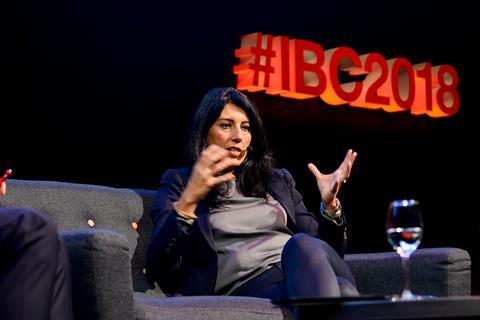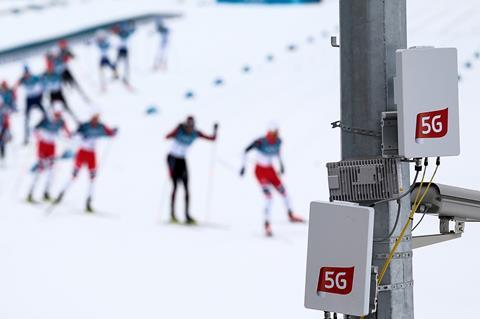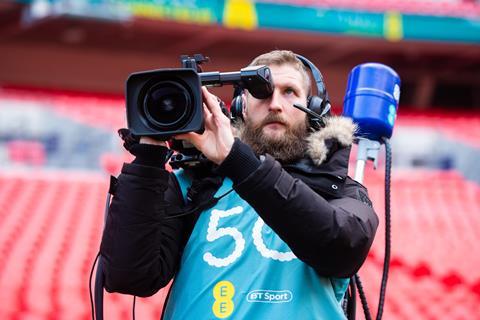The fight against FAANG, the rise of niche OTT disruptors and the potential of 5G were among the most-read Delivery articles in 2018.
1) Can Disney catchup with Netflix?

Disney is set to launch its own OTT service next year into a market where Netflix has spent its way to the top. Will Disney’s offer be too little too late to catch up? Or is there room for another big OTT player?
Is it possible for the big entertainment majors to catch Netflix now after helping to create a “monster” rival by putting short-term gains from library deals ahead?
2) DAZN: The Netflix of sports?
Leading the disrupters is DAZN, which has been billed as the Netflix of sports. Its most recent rights announcement was described as “unprecedented”: the five-year, multi-million dollar broadcast agreement with American boxing promoter Golden Boy to screen up to 10 live and on-demand fights per year.
3) Going niche: Competing with the OTT giants
The future of the OTT television market centres on the titanic struggle for audiences between pay-TV platforms, Hollywood studios and a handful of technology disruptors (Netflix, Amazon and Google). The focus on the industry’s major players often overlooks OTT’s potential as a platform for niche subscription services.
4) “Partnerships” are key to growth, says Netflix

Striking partnership deals with pay-TV and telco operators has helped Netflix take its subscriber numbers “to the next level”, says Maria Ferreras, Vice President of Business Development EMEA during a headline conference session at the IBC Show. Ferreras explained the key reason for the company’s growth is the “resilient partnerships” it has struck pay-TV and telco operators.
5) From Russia with live: Your guide to the World Cup
UHD, HDR, AI, VR and social media expansion make a debut for the World Cup. In total FIFA says FIFA TV has produced more than 95% of the content the average fan watches at home and it did so with the help of 3,000 people on the ground in Russia who worked to a tight production plan.
6) Video: Maria Garrido: “Linear TV is not dead”
Havas X Chief Executive and Havas Group Chief Insights and Analytics Officer Maria Garrido said:: “The majority of people from young children to retirees are spending more time in front of the [traditional TV] screen than they are in front of their mobile phone or their tablet.”

The potential for 5G to revolutionise the media and entertainment industries has been tested by sports producers and broadcasters. A critical milestone on the road to 5G was achieved in July - official approval of standalone specifications by international telecoms standards organisation 3GPP.
8) UHD and HDR: The full picture
Ultra High Definition (UHD) and High Dynamic Range (HDR) were two of the hottest topics at IBC2018. With more than 100 million UHD television sets will be sold in 2018. “Better visual experience and availability of 4K content together with declining price points are driving 4K TV set shipments,” suggested Khin Sandi Lynn, industry analyst at ABI Research.
9) European broadcasters unite to fight FAANG
European commercial and public service broadcasters are uniting to create national streaming platforms at a scale they hope to counter FAANG (Facebook, Amazon, Apple, Netflix, and Google). Regulators are actively encouraging broadcasters to collaborate – a significant change from the fate of such projects in the pre-Netflix era.
10) UK’s first successful 5G sport broadcast

BT Sport and EE conducted what was claimed to be the world’s first live sport 5G-enabled remote production last month in a two-way broadcast between Wembley Stadium in west London and the Excel exhibition centre in east London. The live broadcast demonstrated the capabilities, speed and promise of 5G-enabled broadcasting.
























No comments yet